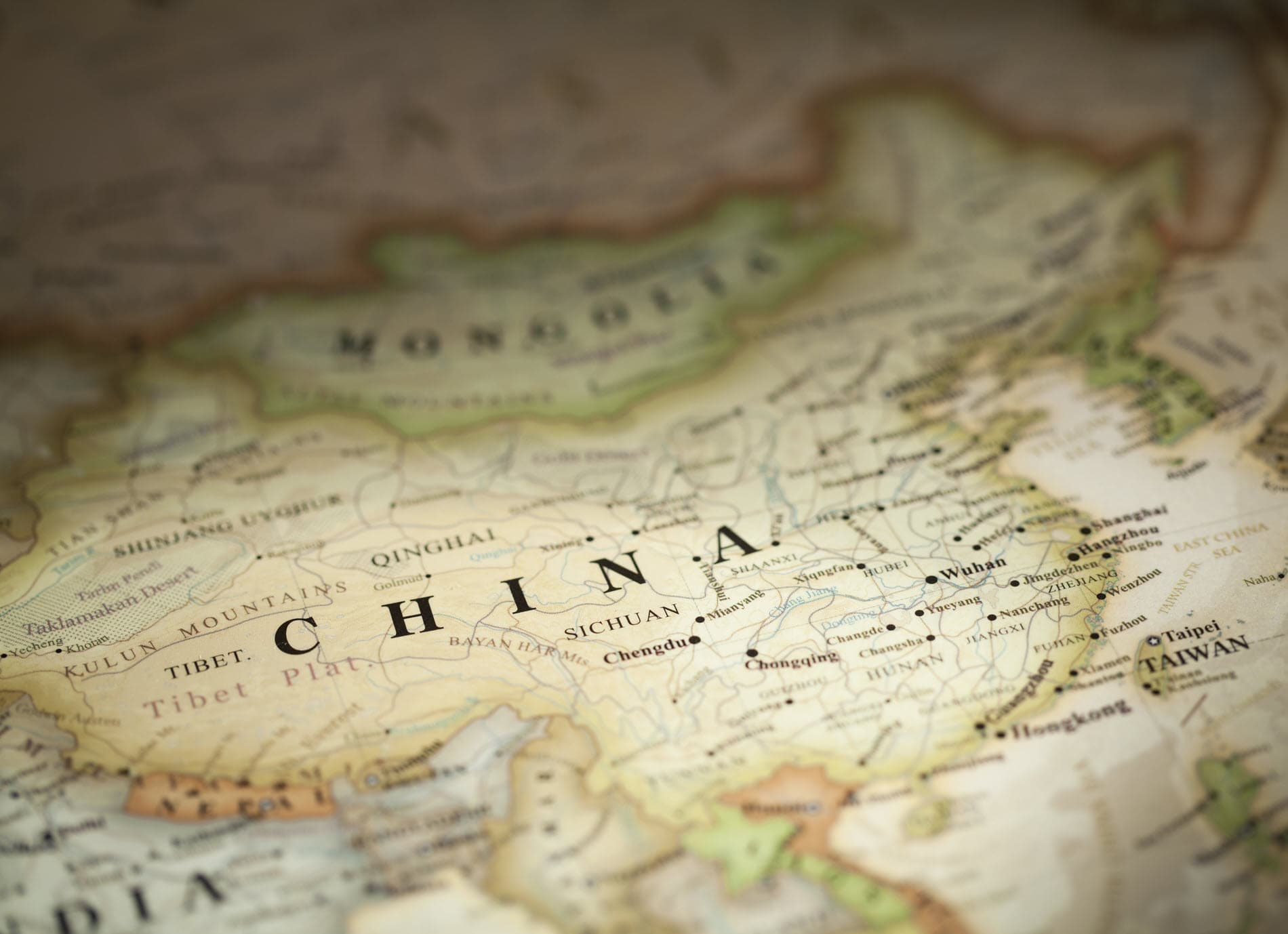
The U.S. government has issued two new export control restrictions and has proposed another one as well, all affecting exports to Group D countries including China, Russia and Venezuela. More specifically, the two new final rules from the U.S. Bureau of Industry and Security (BIS) were issued on April 28, 2020, and go into effect June 29, 2020; the proposed rule is open for comment until June 29 as well. Exporters should consider the following impacts as a result of these final rules and the potential effect of the proposed rule.
This rule eliminates the existing license exception for exports to civil end-users. This license exception had allowed export of certain technologies otherwise restricted for national security reasons to the 23 Group D1 countries as defined by BIS (not including North Korea), if the exports were to civil end users and for civil uses. Among the countries on the D1 list are the People’s Republic of China, Russia and Venezuela, as well as many others. Due to increased integration between civilian and military technology development, the US government is removing this exception and requiring licenses for exports of national security technologies to the 23 Group D1 countries. As a result, companies that export goods to any of the 23 Group D countries need to evaluate whether a license now needs to be obtained, or if a different type of exception may be available.
This rule addresses increased integration between civilian and military technology development by expanding the scope of the prohibitions for exports for military end-uses and exports to military end-users, specifically with respect to China, Russia and Venezuela.
Under the Final Rule, the prohibition is modified in several ways. First, the definition of “military end-uses” is expanded from including only ‘‘use,’’ ‘‘development,’’ and ‘‘production,” to also add “operation,” “installation,” “maintenance,” “repair,” “overhaul,” or “refurbishing,” of parts, components or subsystems of weapons and other defense articles, as well as indirect use weapon design and development, testing, repair and maintenance). Thus, numerous additional activities may implicate the restrictions of this prohibition.
Second, the final rule broadens the scope of items subject to licensing requirements to include technologies associated with Materials Processing, Electronics, Telecommunications, Information Security, sensors and lasers, and propulsion that are only restricted for AT1 (anti-terrorism) reasons. Historically, these technologies had not been restricted for export to China, Russia or Venezuela. Thus, many technologies destined for export to China, Russia, or Venezuela will now require an export license if the export involves either military end-users or military end uses. Those license applications will be examined with “presumption of denial.”
Further, to allow the US Government more visibility of all exports to China, Russia and Venezuela, Electronic Export Information will now be required to be filed through the Automated Export System (AES) for transactions having any value (previously only transactions for more than $2500 required disclosures).
In view of these modifications, Companies exporting to these countries will need to be vigilant to ensure that no military end-users or military end uses are involved. Companies will need to check and regularly recheck entities against the BIS published watch lists of known entities. Additionally, even if no military end-users or end-uses are involved, the requirement to submit the necessary Electronic Export Information through AES will apply to physical exports to these countries.
Currently, the BIS permits re-exports without a license if the re-export is from one of the forty A11 countries (including the United States) or Hong Kong, if the export is in compliance with the export rules of the country from which the goods are being re-exported (e.g. the A1 country or Hong Kong) and if the commodities being exported are not controlled for Nuclear Nonproliferation, Chemical-biological Weapon, Missile Technology, or Crime control reasons.
Under the proposed rule, this exception will be modified to remove eligibility of exports to D1 countries. Instead, only exports to one of the approximately 175 group B countries will be able to rely on this exception.
If this proposed rule is adopted, the above-noted exports to Group D countries will require an export license. Companies that have been re-exporting or permitting re-exports of technology from overseas locations without a license will now need reexport licenses to continue sending goods from overseas locations to Group D countries, if this rule is adopted.
As these rules collectively demonstrate, the US Government is requiring more oversight of exports to Group D countries, which include China, Russia and Venezuela, by removing or restriction license exceptions and expanding export prohibitions to these countries. With the frequently changing rules, it is critical for companies to stay on top of this ever-changing legal landscape.
Patrick Ross, Senior Manager of Marketing & Communications
EmailP: 619.906.5740
Suzie Jayyusi, Events Planner
EmailP: 619.525.3818